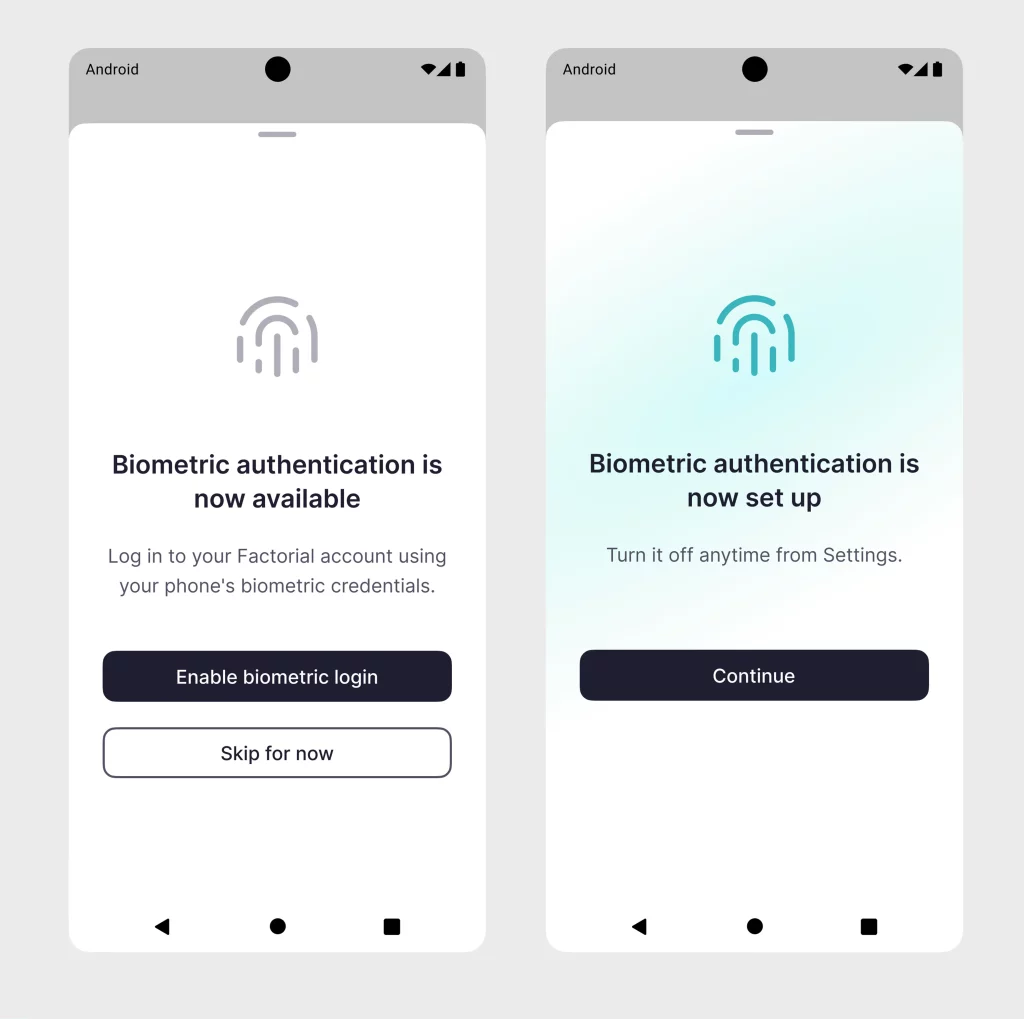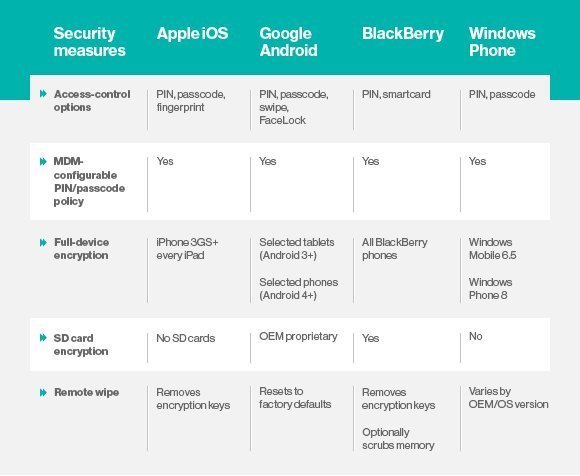Your Guide to OsuLogin on Android: Features and Functions

As an experienced Android user, I’ve encountered various authentication methods, each with advantages and drawbacks. However, one feature that has consistently stood out for me is OsuLogin, a robust and secure login solution designed specifically for the Android platform. In this article, I’ll delve into the intricacies of OsuLogin, exploring its benefits, setup process, and best practices to help you make the most of this powerful feature.
Table of Contents
Understanding the Concept of OsuLogin
OsuLogin is a comprehensive authentication system developed by the Android team to provide a seamless and secure login experience for Android users. It is an alternative to traditional username and password-based authentication, offering a more streamlined and user-friendly approach. At its core, OsuLogin leverages the user’s Android device as a secure authentication factor, eliminating the need to remember complex credentials.
Benefits and Advantages of Using OsuLogin on Android
One of OsuLogin’s primary advantages is its convenience. By using the user’s Android device as the authentication method, OsuLogin eliminates the hassle of remembering and managing multiple login credentials across different apps and services. This enhances the user experience and reduces the risk of password-related security breaches.
Another critical benefit of OsuLogin is its enhanced security. By leveraging the built-in security features of the Android operating system, OsuLogin provides a robust and reliable authentication mechanism that is resistant to common security threats, such as phishing and brute-force attacks.
Additionally, OsuLogin offers seamless integration with a wide range of Android apps and services, making it a versatile and user-friendly solution for managing various online accounts and activities.
How to Set Up OsuLogin on Your Android Device
Setting up OsuLogin on your Android device is a straightforward process. Here’s a step-by-step guide:

- Ensure Your Android Device is Compatible: Verify that your Android device runs a compatible operating system version and supports the OsuLogin feature.
- Enable OsuLogin in Your Android Settings: Navigate to your Android device’s “Security” or “Accounts and Sync” settings and look for the OsuLogin option. Please enable it and follow the on-screen instructions to complete the setup.
- Link Your Android Device to Your Accounts: Once OsuLogin is enabled, you’ll be prompted to link your Android device to the various accounts and services you want to access using OsuLogin. This process typically involves scanning a QR code or entering a verification code.
- Customize OsuLogin Settings (Optional): Depending on your preferences, you can customize the OsuLogin settings further, such as enabling biometric authentication (e.g., fingerprint or face recognition) for added security.
By following these steps, you’ll have OsuLogin set up and ready to use on your Android device. It will provide a seamless and secure login experience across your apps and services.
Download OsuLogin
Common Issues and Troubleshooting Tips for OsuLogin
While OsuLogin is generally a reliable and user-friendly feature, you may occasionally encounter some issues. Here are a few common problems and their corresponding troubleshooting tips:
- OsuLogin Not Working: If you can’t log in using OsuLogin, ensure that the feature is properly enabled on your Android device and that you have correctly linked your accounts. Additionally, check for any network connectivity issues that may be preventing the authentication process from completing.
- Biometric Authentication Not Working: If you’re having trouble with biometric authentication (e.g., fingerprint or face recognition), ensure the feature is properly configured on your Android device and your biometric data is correctly registered.
- Compatibility Issues: If you’re experiencing compatibility issues with OsuLogin on certain apps or services, it’s worth checking the app’s or service’s documentation for any specific requirements or limitations.
- Account Linking Problems: Sometimes, you may encounter difficulties linking your accounts to OsuLogin. Ensure that you follow the correct steps and that your account credentials are valid.
Addressing these common issues and following the troubleshooting tips can quickly resolve any problems with OsuLogin on your Android device.
Best Practices for Using OsuLogin on Android
To ensure the optimal use of OsuLogin on your Android device, consider the following best practices:

- Enable Biometric Authentication: Leverage your Android device’s biometric authentication capabilities, such as fingerprint or face recognition, to add an extra layer of security to your OsuLogin experience.
- Regularly Review Linked Accounts: Review the accounts linked to your OsuLogin to ensure you’ve only been granted access to trusted services and apps.
- Keep Your Android Device Secure: Maintain the overall security of your Android device by keeping it up-to-date with the latest software patches and security updates, and avoid installing apps from untrusted sources.
- Use Unique Credentials for Non-OsuLogin Accounts: While OsuLogin provides a secure authentication method, it’s still essential to use unique and solid credentials for any accounts or services that cannot be linked to OsuLogin.
- Enable Two-Factor Authentication (2FA) for Added Security: Whenever possible, enable two-factor authentication for your accounts, even if they’re linked to OsuLogin, to enhance the security of your online activities further.
By following these best practices, you can maximize the benefits of OsuLogin while maintaining high security and control over your Android device and online accounts.
Exploring the Security Features of OsuLogin on Android
One of the critical strengths of OsuLogin is its robust security features. The Android team has implemented several security measures to ensure the integrity and protection of user data:

- Secure Hardware Integration: OsuLogin leverages your Android device’s secure hardware components, such as the Trusted Execution Environment (TEE) and Secure Element (SE), to store and process sensitive authentication data.
- Biometric Authentication: As mentioned earlier, OsuLogin supports biometric authentication methods, including fingerprint and face recognition, providing an additional layer of security beyond traditional password-based authentication.
- Encryption and Data Protection: All data associated with OsuLogin, including account credentials and authentication tokens, is encrypted and securely stored on your Android device, minimizing the risk of unauthorized access.
- Anti-Phishing Measures: OsuLogin incorporates advanced anti-phishing techniques to detect and prevent fraudulent attempts to steal user credentials, safeguarding your accounts from such attacks.
- Remote Wipe and Device Management: If your Android device is lost or stolen, you can remotely wipe the OsuLogin data and revoke access to your linked accounts, protecting your sensitive information.
These security features, combined with the overall security of the Android platform, make OsuLogin a highly reliable and trustworthy authentication solution for your Android device.
Comparison of OsuLogin with Other Authentication Methods on Android
While OsuLogin is a powerful and convenient authentication solution, it’s essential to understand how it compares to other authentication methods available on the Android platform:
| Authentication Method | Convenience | Security | Integration |
|---|---|---|---|
| OsuLogin | High | High | Excellent |
| Traditional Username/Password | Moderate | Moderate | Varied |
| Google/Facebook Sign-In | High | Moderate | Good |
| Biometric (Fingerprint/Face) | High | High | Good |
| Two-Factor Authentication (2FA) | Moderate | High | Varied |
As the table illustrates, OsuLogin stands out in terms of convenience and security, offering seamless integration across a wide range of Android apps and services. While other authentication methods may have their strengths, OsuLogin’s unique combination of user-friendliness and robust security makes it a compelling choice for Android users.
Frequently Asked Questions
Q: What is the osulogin?
A: OSU Login is a Single Sign (SSO) authentication service operated by Identity and Access Management. Features. Used by most of OSU’s web-based services. Mobile-friendly for easy use on smartphones.
Q: What is my OSU ID?
A: What is my OSU ID Number? Your OSU ID number is a 9-digit number that you can find on your OSU ID card.
Q: Does Osu use Gmail?
A: OSU student has moved from Gmail to Microsoft 365.
Q: Can you use a VPN in Osu?
A: Virtual Private Networking (VPN) gives users a secure connection to the OSU network and an on-campus IP address.
Conclusion
As an experienced Android user, I’ve come to appreciate the convenience and security that OsuLogin offers. By leveraging the Android platform’s inherent capabilities, this authentication solution provides a seamless and reliable way to manage your online accounts and activities.
Suppose you’re an Android user looking to enhance the security and convenience of your digital life. In that case, I recommend exploring the benefits of OsuLogin. Set it up on your device and start enjoying the peace of mind that comes with a robust and user-friendly authentication solution.
From the enhanced security features to the streamlined integration across a wide range of apps and services, OsuLogin has revolutionised how I approach authentication on my Android device. You should dive into the world of OsuLogin and experience the transformative impact it can have on your overall Android experience.
Related Article





